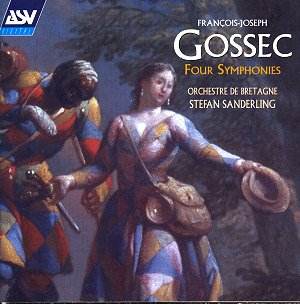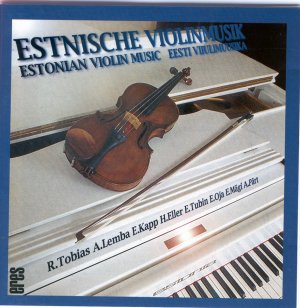 Composer: Sir Henry Walford Davies
Composer: Sir Henry Walford Davies
Works: Solemn Melody (2), Jesu Dulcis Memoria, Interlude in C, Fugue in Bb, Memorial Melody in C, Reverie for organ and two voices, Choral for organ; Jongen: Prelude Elégiaque; Harold Darke: Choral-Fantasia on Darwall’s 148th; G. Thalben-Ball: Elegy in Bb (2); C.H.H. Parry: Choral-Fantasia on the Old 100th
Performers: Roger Fisher (organ), Andrew Fuller (cello), Simon Stiggear (treble), Michael Wakeham (baritone)
Recording: Dutton Epoch CD LX 1708 [67.00?]
Label: Dutton Epoch
The recent release of Sir Henry Walford Davies’ works provides an illuminating glimpse into the oeuvre of a composer whose contributions have been somewhat overshadowed in the grand tapestry of British music. Best remembered for pieces such as the RAF March Past and the anthem God Be In My Head, Davies’ legacy is often reduced to these patriotic highlights, neglecting the rich textures and emotional depth of his broader catalog. This recording serves to revive interest in both his more obscure compositions and the context in which they were created, notably the interwar period marked by a search for identity and stability in British music.
The performances, led by Roger Fisher’s sensitive organ interpretations, reveal a profound understanding of Davies’ style, which melds lyrical melodies with harmonic complexity. Fisher’s playing on the Rothwell organ of St George’s, Headstone—a space Davies knew—imbues the works with an authenticity that resonates deeply. Notably, the two versions of Solemn Melody demonstrate Fisher’s adeptness at eliciting the organ’s tonal subtleties; the solo rendition is imbued with a solemn introspection, while the arrangement for cello, performed excellently by Andrew Fuller, introduces a poignant dialogue between the two instruments that enhances the work’s emotional weight.
Davies’ Interlude in C, composed in 1937, stands out as a particularly cheerful and tuneful piece, embodying a confidence that contrasts with some of his more reflective works. The performance here captures this buoyancy, with bright colors emerging from the organ, which is expertly balanced against the vocal lines in the Reverie. The interplay between the organ and the treble and baritone voices is executed with precision, allowing the rich harmonic language of Davies to unfold seamlessly. The engineering quality of the recording supports this clarity, with a spatial balance that allows each element—organ, cello, and voice—to be distinctly heard while also functioning as a cohesive whole.
The inclusion of Thalben-Ball’s Elegy, which bears a striking resemblance to Solemn Melody, is a welcome addition, offering listeners an opportunity to compare the two composers’ approaches to solemnity and melody. The former’s interpretation maintains the emotional resonance characteristic of Davies, yet brings a distinctively modern sensibility to the work. Similarly, the Choral-Fantasia on Darwall’s 148th by Harold Darke reveals the broader choral tradition within which Davies operated, showcasing how these composers engaged with liturgical music in a distinctly British context.
This release is not merely a collection of lesser-known works, but rather a thoughtful exploration of Davies’ artistic voice, brought to life by skilled performers who clearly resonate with the material. The recording’s meticulous attention to detail—from the clarity of the organ’s timbres to the warmth of the vocal lines—creates an immersive listening experience that honors the composer’s legacy. Such efforts pave the way for a deeper appreciation of Davies’ contributions to the British musical landscape, inviting further exploration of his symphonic and chamber works. The hope for a broader recording of his orchestral and choral compositions feels increasingly justified given the success of this endeavor.



